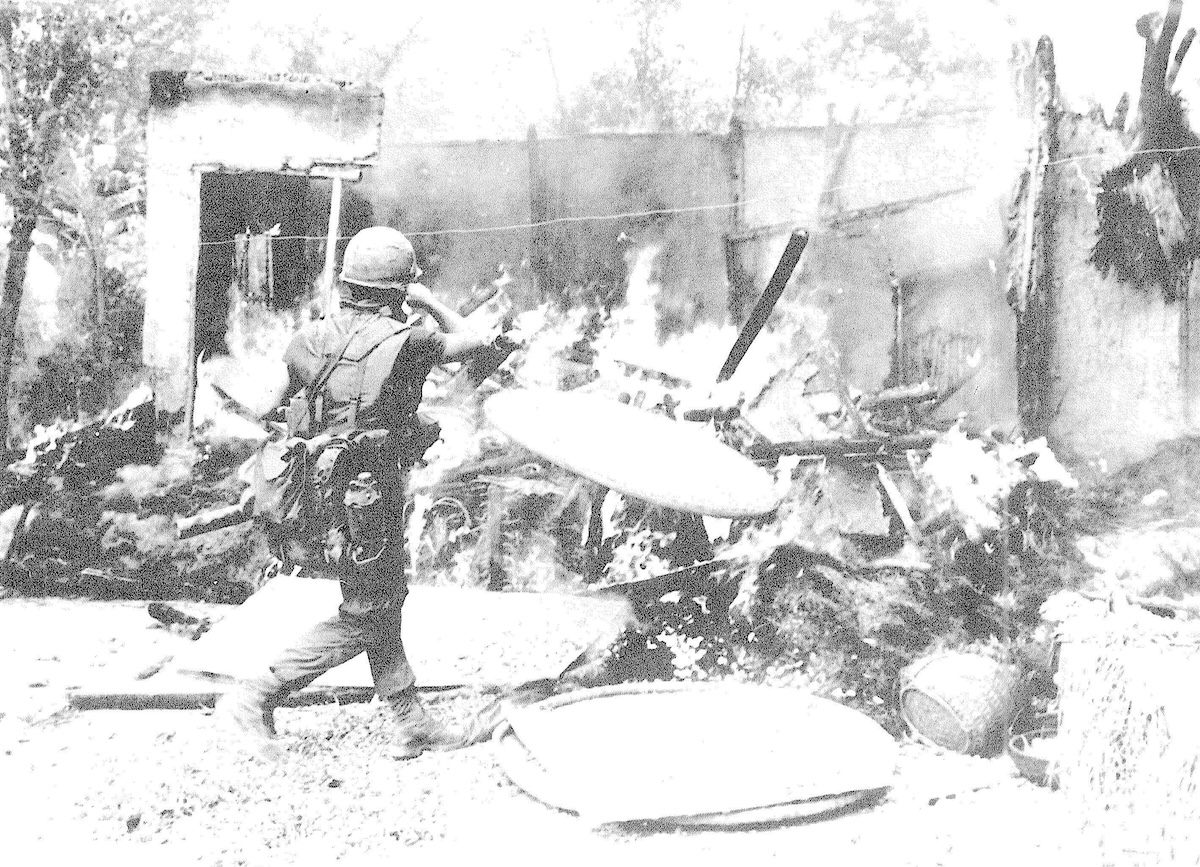The My Lai Massacre and the War at Home
The US army’s mass murder of unarmed civilians at My Lai became a watershed in public perceptions of the Vietnam War.

On the morning of March 16th, 1968, the men of Charlie Company, 11th Light Infantry Brigade, Americal Division, US Army, entered the hamlet of Tu Cung, in the village of Son My, on the coast of central Vietnam. The company was assigned to a temporary battalion-sized unit named Task Force Barker, and it was led by Captain Ernest Medina. In charge of the company’s 1st Platoon was Lieutenant William Calley. Inside Tu Cung the company encountered no enemy forces, no opposing fire of any kind. Its only casualty was self-inflicted. Nevertheless, by early afternoon, well over 300 residents of the hamlet lay dead. Those killed were predominantly women, old men or small children. A number of the women had been raped before being killed. Other victims had been tortured and mutilated, then killed. Much of the killing, though not all, had occurred in the sub-hamlet of Xom Lang, known to the Americans as My Lai 4. Much of the killing, though not all, had been conducted by 1st Platoon.







